Local Heroes projects
From Orkney to Plymouth, communities across the UK celebrated the scientific heroes on their doorsteps with the help of the Royal Society’s Local Heroes scheme.
15 museums and galleries from all over the country were selected to take part in the Royal Society grant scheme which provides funding of up to £3,000 for exhibitions and events which reveal local stories of scientific brilliance. From fossil hunting on the Isle of Wight, print-making in Cornwall to star-gazing in County Antrim, a whole range of activities and exhibitions were on offer for the public to engage with.
Adam Sedgwick's Lakeland and Kendal Legacy
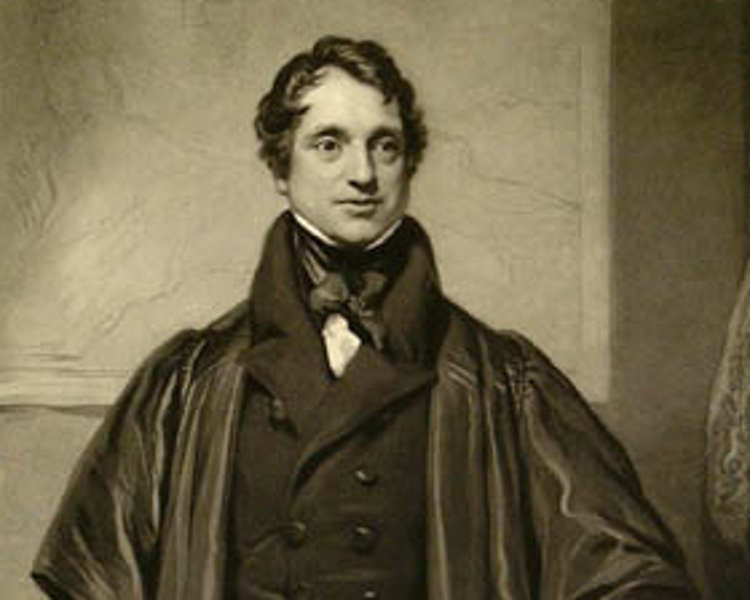
Kendal Museum celebrated, and is still celebrating, the work of Adam Sedgwick, one of the great geologists of the 19th century. His lasting legacy includes his surveys of the complicated geology of Lakeland – an important area for quarries and mining.
Tottenham: Bad Airs, Agues and Fevers John Eliot Howard FRS, quinine and the battle against malaria
Bruce Castle Museum, Tottenham
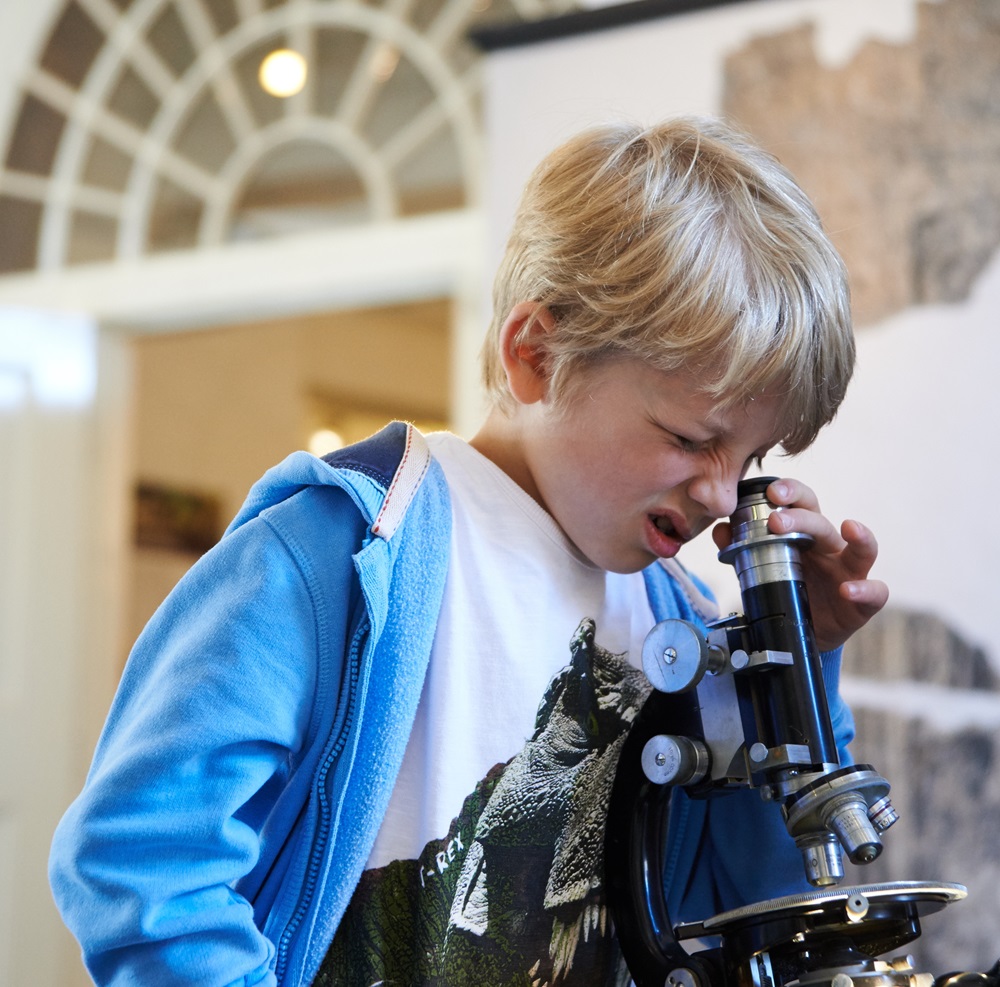
Bruce Castle Museum explore the work of John Eliot Howard FRS (1807-1883) who pioneered the development of quinine for use against malaria. Events during the exhibition included 'Under the Microscope' family day, Brook Street Chapel talk and tour, Howards & Sons Ltd talk, and 'Living History' family day
Merseyside: Brilliant Bessie Watercolour paintings by Bessie Downes
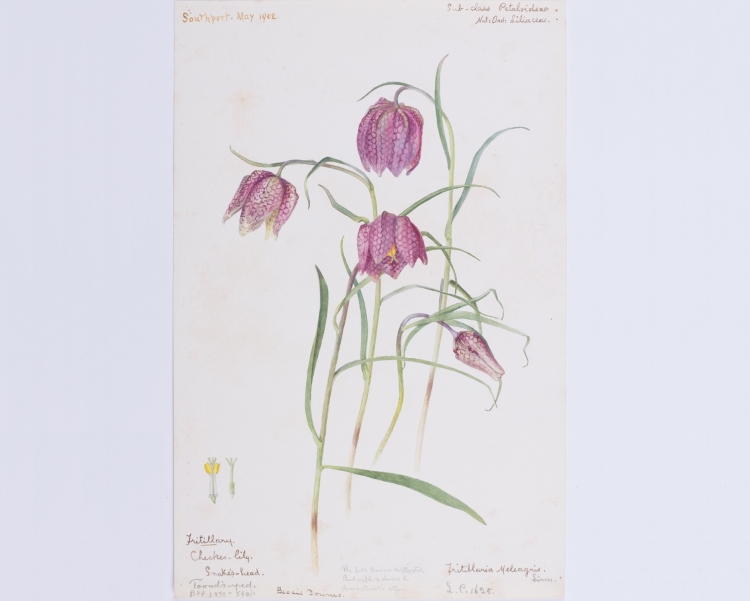
The Atkinson, a local Merseyside museum, unearthed the artistic skill of Bessie Downes. Born in 1860, Bessie painted watercolours of botanical specimens, leaving an important record of the plant life present on the Sefton Coast by date and location. Since this project was launched, a number of Bessie's watercolours have been photographed and are now available to view online, and the exhibition as a whole was such a success that another exhibition is being planned for 2019.
Berwick: Bright Lights in the Borders
Berwick Museum and Art Gallery, Berwick
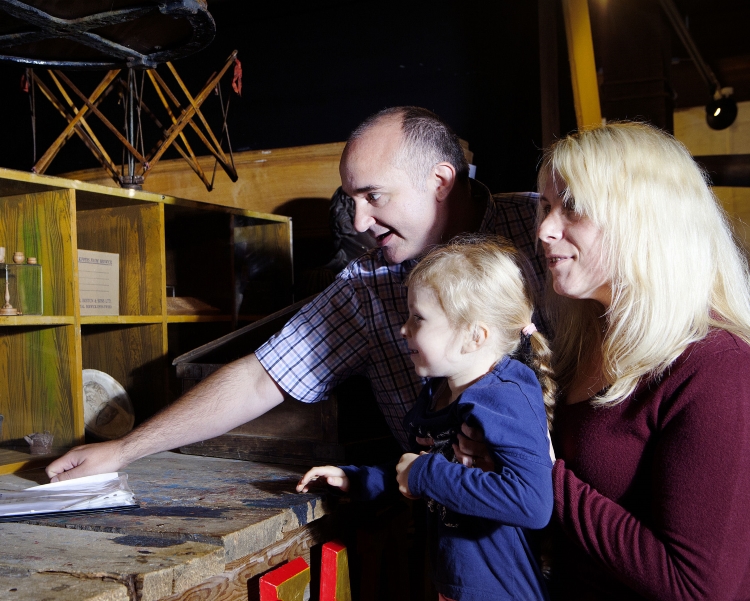
Berwick Museum and Art Gallery highlighted the flourishing scientific community in the borders between Berwick and Edinburgh in the first half of the 19th century. The Museum explored five eminent scientists of the region, including Mary Somerville: astronomer, mathematician and polymath. They held a family day event on the launch day
Celebrating the life and work of Charles Clouston
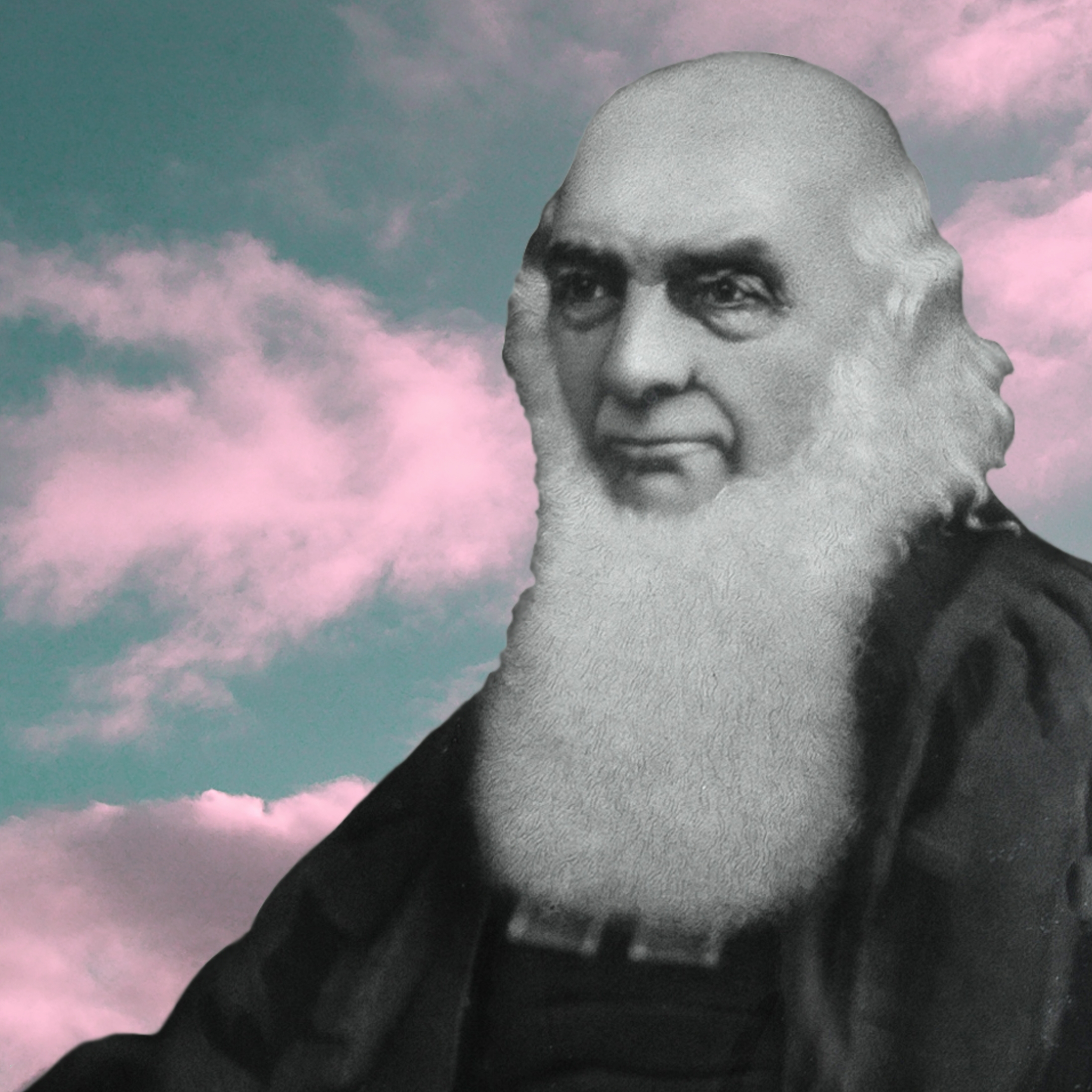
Born in Orkney in 1800, Rev. Dr Charles Clouston had broad scientific expertise in natural history, archaeology, geology and meteorology. Stromness Museum has so far highlighted his life and work with a day of talks, workshops on camera-less photography and seaweed identification, an exhibition on the science of weather, and the Orkney Cloud Photography Competition. Talks were delivered by a mix of archaeologists, artists, marine biologists and writers.
Dean R. Lomax - Making dreams reality
Doncaster Museum and Art Gallery, Doncaster

Doncaster Museum and Art Gallery celebrated 26 year old Dean Lomax, palaeontologist and honorary scientist at the University of Manchester. The museum celebrated the modern day science hero on their launch day, followed by a family day, and ending with a closing event in September (although the exhibition has now been extended).
Hugh Bourne (1772-1852): Pioneer of Science for All
Englesea Brook Chapel and Museum, Englesea

A local museum in Englesea uncovered the legacy of Hugh Bourne, co-founder of the Primitive Methodist Church, self-educated railway pioneer and passionate educator. Englesea Brook Chapel and Museum uncovered his scientific work with an exhibition and day of activities.
James Watt - a New Dimension
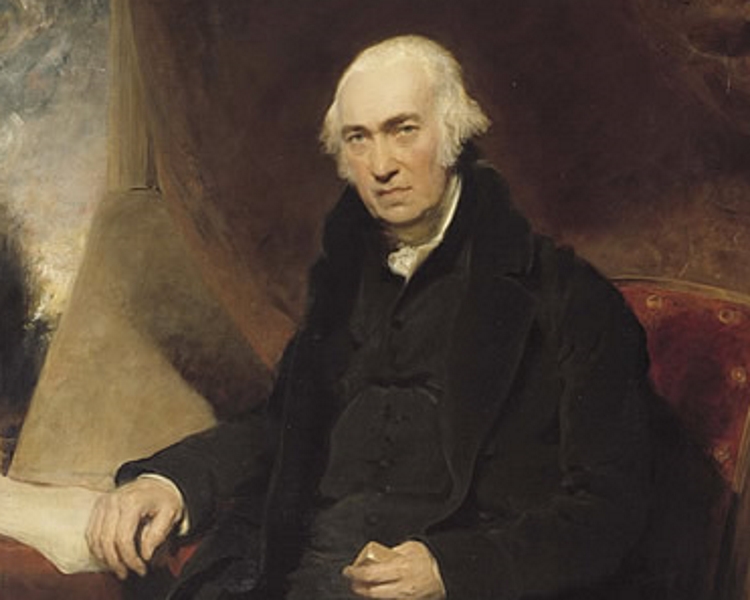
The McLean Museum in Greenock, Scotland celebrated inventor and engineer, James Watt (1736 – 1819). Famous for his leading role in the industrial revolution, in retirement Watt also invented machines for copying 3D sculptures. The McLean Museum used modern 3D printing techniques to bring his legacy to life, and it was such a success that the museum has held more 3D printing demonstrations and presentations at schools beyond the end of the project, where children have enjoyed the opportunity to come up with their own inventions and create clay models.
John Couch Adams - from Bodmin Moor to Neptune
Lawrence House Museum, Launceston
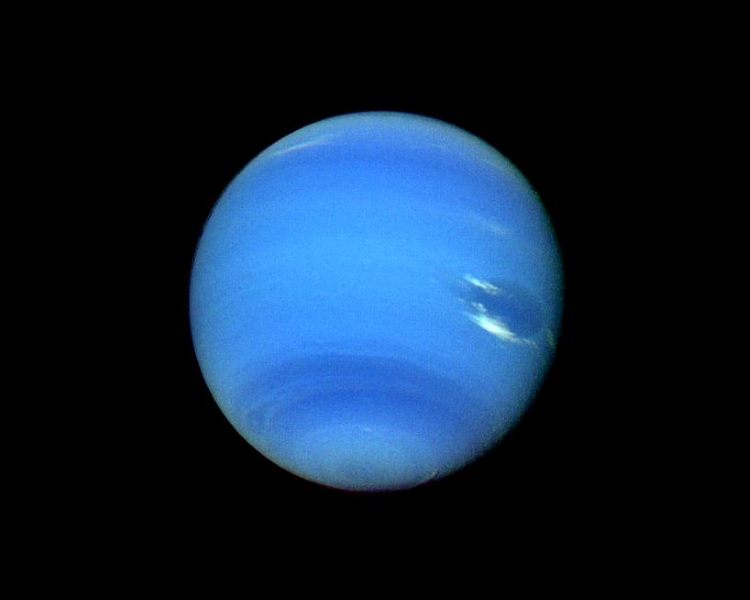
Lawrence House Museum in Cornwall shared the story of John Couch Adams, a local hero who co-discovered the existence of Neptune through calculations made whilst studying the moons around Uranus. Adams was also known for his interest in the mountains on the moon, comparing them to the hills of Bodmin Moor. Alongside the exhibition, the museum held a day of drop-in creative workshop.
Joined by the water - observational legacies of citizen science
Hugh Miller's Birthplace Cottage & Museum and Cromarty Courthouse Museum, Cromarty
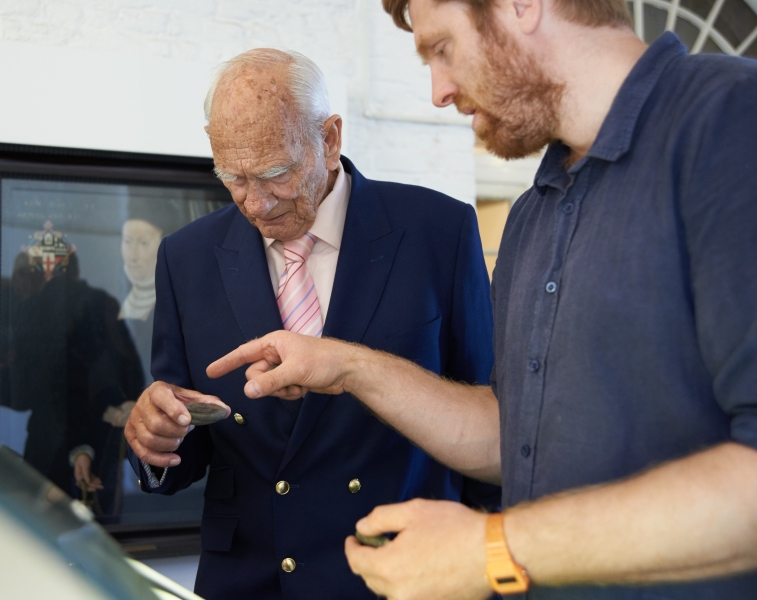
Two museums in the Highlands highlighted the pioneering work of two local heroes with an exhibition hosted by Cromarty Courthouse Museum. Hugh Miller (1802-1856), was a geologist and writer whose skills were admired by top geologists of the day. George John Romanes (1848-1894) was a Fellow of the Royal Society and twice winner of the Croonian Medal. He was a friend of Charles Darwin, exchanging more than 130 letters between them. His work on the nervous system of jellyfish remains accurate today, and he is regarded as on of the founders of comparative psychology.
The Cromarty Courthouse Museum hosted the 'Observations for New Science: Miller & Romanes - Two Local Heroes' exhibition, whilst in Hugh Miller’s House you could see an exhibition created by Cromarty Primary School pupils, ‘Viewed from a Different Angle’, where they used their observational powers to see familiar objects in surprising ways.
Monklands' Heavy Metal Heroes
Summerlee Museum of Scottish Industrial Life, Coatbridge
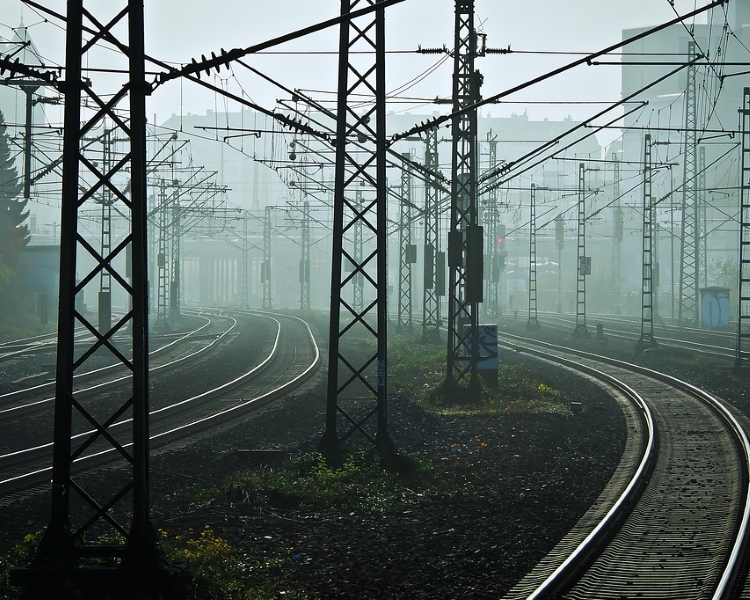
Summerlee Museum of Scottish Industrial Life told the story of iron production in the local area, celebrating pioneers of the industrial age and sharing the areas rich scientific history with schools across the region.
Plastic Fantastic
Weaver Hall Museum & Workhouse, Cheshire
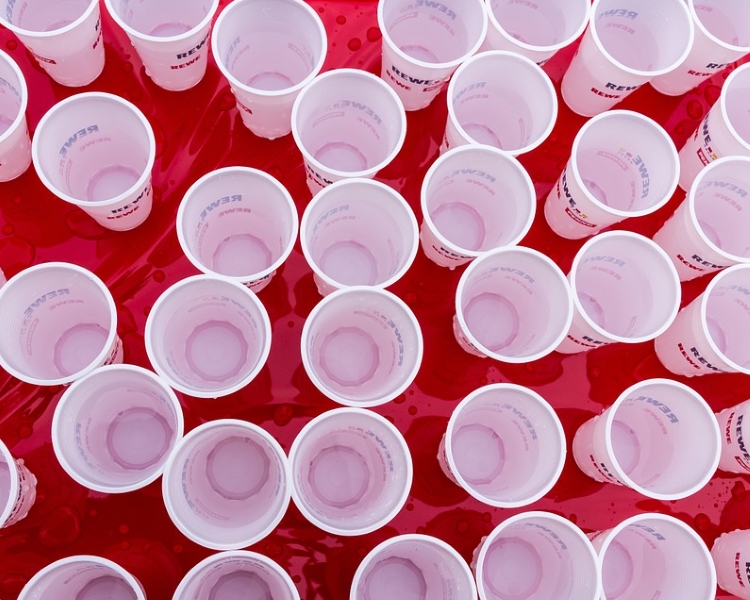
Weaver Hall Museum unearthed the story of polythene, now the worlds most common plastic. The museum shared the local significance of its discovery and explored contemporary environmental issues surrounding its use. The exhibition was so successful that it will be put on display at two new locations in the future.
The Comet Man
Ballymoney Museum, County Atrim
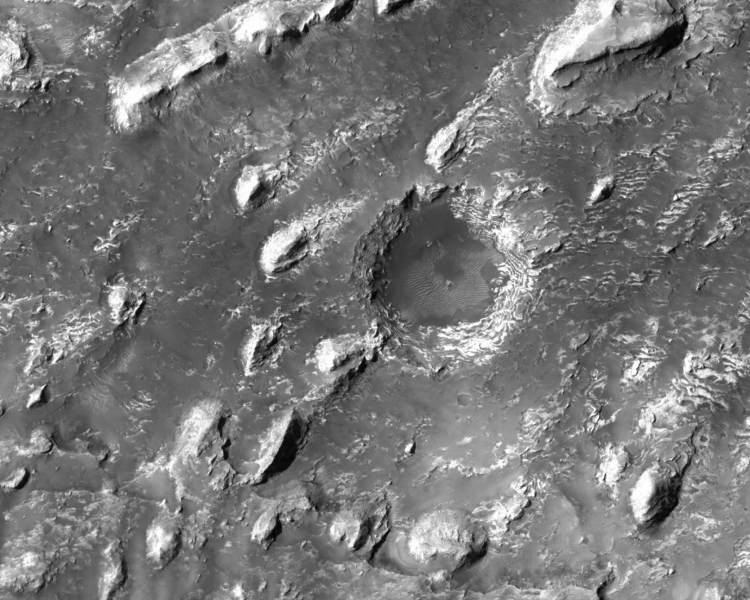
Ballymoney Museum in County Atrim told the tale of Andre Claude de la Crommelin (1865-1939), an astronomer and comet expert. The Museum hosted stargazing events and gave the local community the opportunity to experience astronomy through presentations hosted in the only portable planetarium in Ireland. The star gazing sessions were so popular that Ballymoney Museum are considering organising them again in the future.
The Revd William Fox, Britain's greatest dinosaur hunter

The Dinosaur Isle Museum celebrated the forgotten story of the Reverend William Fox (1813-1881), Victorian dinosaur hunter. The Museum took visitors off the beaten track on self-guided tours around the area which brought Fox’s extraordinary fossil hunting to life. They also held an inaugural Fox lecture, and are planning on holding an annual Fox lecture in the future.
William Lyons, Tenby's unlauded builder of a seminal shell collection
Tenby Museum and Art Gallery, Tenby

Tenby Museum and Art Gallery, the oldest independent museum in Wales, shared the story of William Lyons whose collection of shells was of “great scientific and historic interest” both locally and nationally. Volunteers worked with the community and local schools to research and reveal Lyons life and work, and also took people on a discovery walk along the beach of Tenby. Although the exhibition is now over, a blue plaque of William Lyons remains, research into the shell collection continues, and the Lyons' shells will feature in the museum's 140th anniversary celebrations in 2018.
